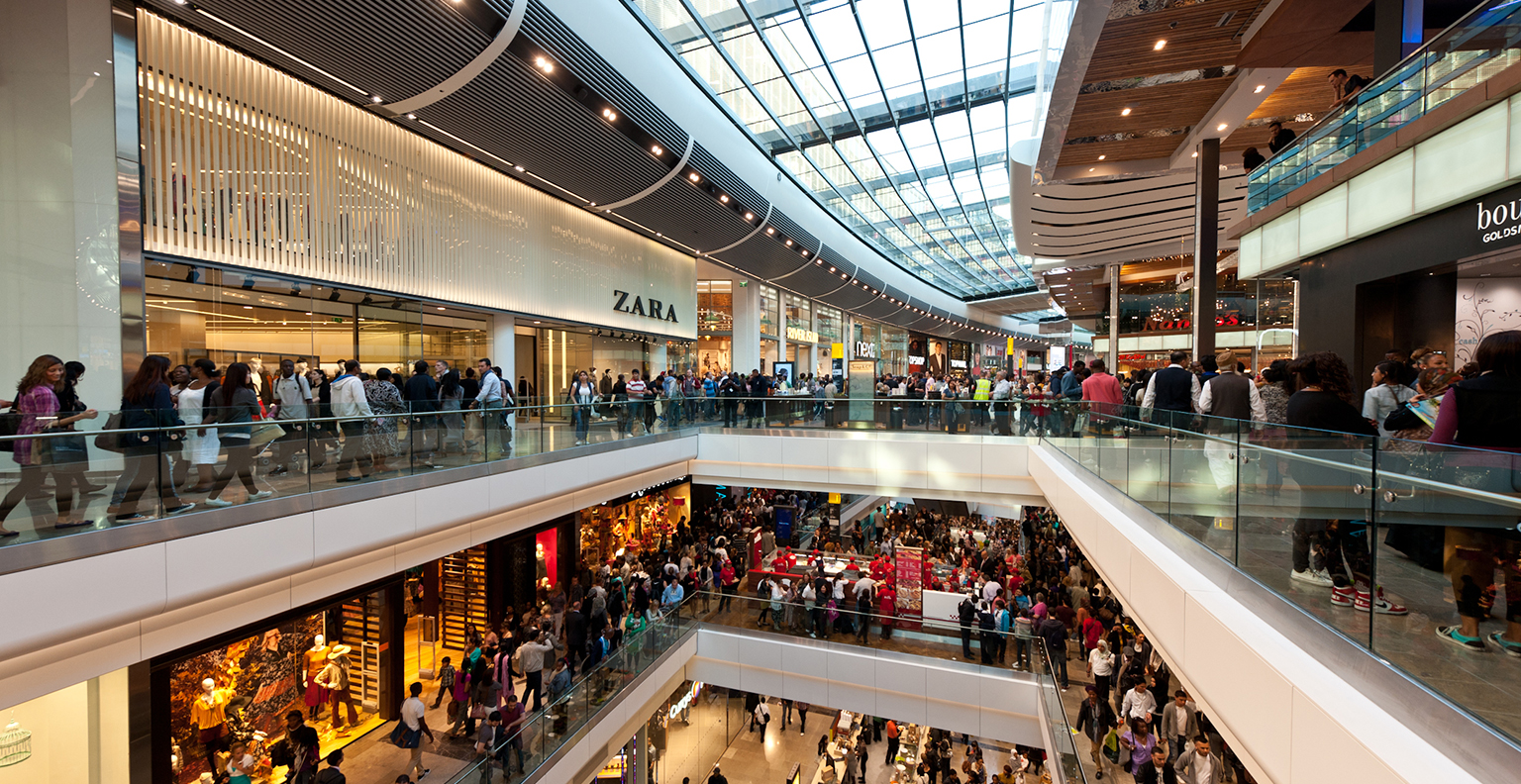July 30, 2015
The importance of the Black Friday weekend in US retail has been heavily documented in international news and trade press. Adobe, for example, reported that sales came in at a whopping $2.56bn in the US alone – that’s a 16% increase YoY. Furthermore, the top 25 US retailers generated $30m each, resulting in a 25% increase in online sales. Now, even we Brits have jumped on the Black Friday bandwagon. Last year, UK retail sales rose by 6.4% in one day – that’s the fastest annual rise in more than a decade!
Black Friday is vital for international retailers, for one reason alone – profit. The sales captured can total up to 10-15% of all sales in a retailer’s holiday season – those are sales that are very much needed and, difficult to ignore in such a competitive market. Adam Davidson from Planet Money summed it up nicely in one sentence:
“Billions of [pounds], which would otherwise never be spent, make their way into circulation”.
But what about Eid al-Fitr? For those who don’t know, Eid al-Fitr is a significant religious festival in the Muslim calendar; commonly abbreviated to Eid, it is the first of two Eid’s celebrated every year by Muslims worldwide. The festival marks the end of Ramadan – and for global retailers, presents a new opportunity and a specific segment of shoppers: cash-rich buyers from the Middle East.
2015 predictions, expected 35,000 Middle Eastern visitors to arrive into London, to partake in tax-free Eid shopping. Testament to this, Etihad Airways reported a 12% increase in passenger numbers over this period – that’s 291,518 more people, on an additional 83 flights. Of course, not all shoppers are travelling around the globe; many are shop online from the comfort of their own home. The names being hit include Macy’s, Harrods, Barbour and Aquascutum, as well as high street brands such as Zara, Topshop and Abercrombie & Fitch.
The opportunity for retailers is so significant, that the industry has coined the time of year as “the Ramadan rush”. Yet, lack of press coverage and awareness among global retailers mean there is still welcome opportunity, which is certainly needed, as other demographics reduce spending both domestically and internationally. Last year alone, retailers suffered from a crippling 44% decline in Russian spend (January – May 2014).
Undoubtedly, a sizable portion of the opportunity will lie in cities such as London, Paris and New York – however, online still represents millions of pounds. There is also a trickle-down to other locations, for example in the UK, Manchester and Bicester Village should also be strategically targeting Eid shoppers. How much are they spending? Per transaction, approximately £1,457 per Qatari to £961 per Saudi Arabian, respectively (based on an average tax-free transaction spend).
Ka-ching.
So Eid means big bucks, but how to get involved? There are a couple of basics that retailers can tap into, to optimize the brand journey for such a discerning customer-base:
Create an experience: The general consensus has always been that, this is only available in high-end boutiques and luxury outlets, where an intimate service and personal shoppers are the norm. Not true. Even high street brands can make movements here. One way to do this may be to encourage Middle Eastern consumers to create social content for your brand; creating an extension of brand presence and social tangibility beyond purchase. Forever21 is using this tactic by curating consumers’ Instagram and Facebook posts on huge scrolling fabric displays in-store. The result? A personalized experience, live suggestions for customers beyond mannequins and, let’s be honest, an opportunity for young, wealthy Middle Eastern customers to show off their swag. Consumerism is innately social; when tapped into correctly, this sort of experience can increase footfall to your brand – bringing in more revenue and consumers.
Abercrombie & Fitch, have tried something different altogether – they have introduced charging mobile phone/tablet lockers in store. Why? Simply put, the lockers keep shoppers, shopping for longer. They even lure them off the street – which, of course, significantly raises purchase intent. Linked to my previous point, they also provide consumers with a fully charged phone/tablet, which can be used to interact with their brand via social media. Voila! Suddenly, you have a real-time marketing tool that increases engagement and basket size, right in the middle of your store, with a reach that extends beyond the streets of London, to influence online consumers over 4,000 miles away.
Sensory Merchandising: In an increasingly sensual world, consumers are quickly becoming desensitized to the usual layouts and tricks of both brick-and-mortar and online stores, resulting in a customer journey that is utilitarian…and dare I say – boring. When was the last time you were delighted in-store or online? Utilitarianism is simply not good enough when you’re looking to attract Middle Eastern shoppers. In store, sensory merchandising takes the form of space design, storytelling and sophisticated sensory marketing. The result is intensified loyalty, brand value and bigger baskets.
Notably, this is not a new phenomenon. In 1910, Selfridges was built using this sensory approach. Harry Selfridges built the UK’s first department store by luring his female consumers in, by cleverly placing the cosmetics department on the ground floor, enticing women in with heady aromas of perfume and make-up. The result is increased spending, loyalty – and most importantly, it made shopping fun. As humans, we are hardwired to follow our senses – it works.
Similarly, online merchandising comes down to slowing the shopper down to appreciate your brand, products and value. Increasingly, online shoppers click around e-commerce sites at high-speed, missing offers, content and other products which could end-up in their basket…if only you could capture their attention in a way that is not intrusive or irritating. One way to do this, is by optimizing your category pages with up-to-date and relevant content; for too long, this has been restricted to product pages. The truth is, many shoppers land on your site through category pages; which signifies an opportunity to slow your consumer down at square one, using content such as ratings & reviews, customer accolades, curated photos and more, to encourage click-throughs and site traffic. Investment in this area of your website results in a bigger basket size and provides online shoppers with a full and varied view of your offering. Furthermore, your profits won’t be the only things to swell – investment will also have your SEO looking healthier too. Win-win!
There is no denying that Eid represents a huge opportunity for retailers, especially at a time when other key demographics are spending less. By getting some of the basics right, retailers prove themselves to be consumer-centric and worthy of capturing Eid shoppers’ attention (and wallets)…so they can celebrate Eid too.







